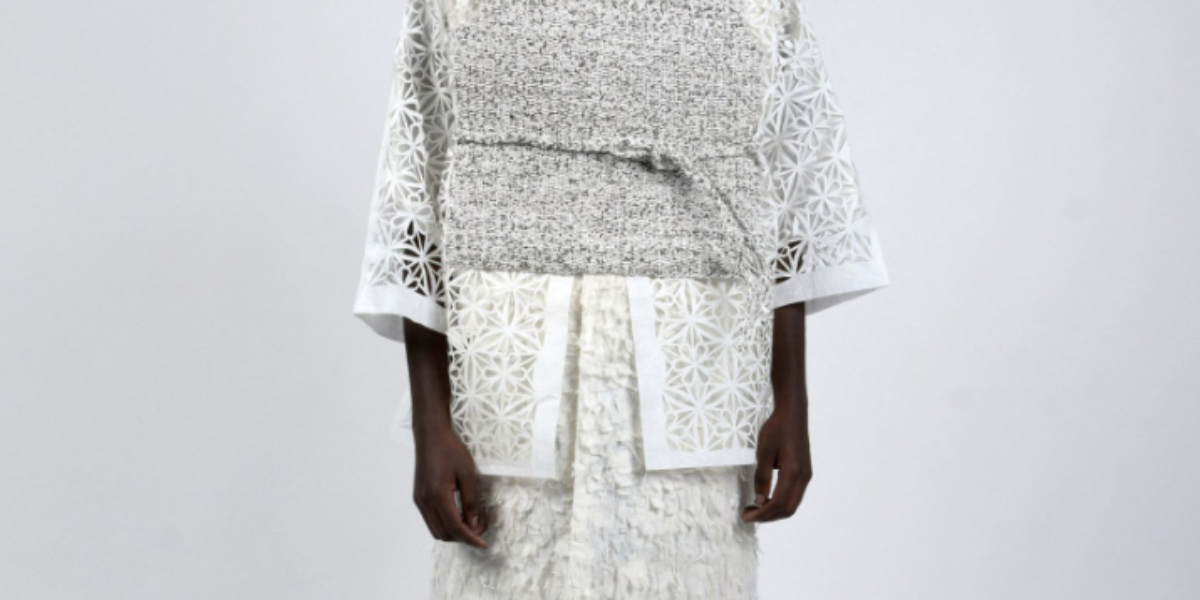AÑO
2023
CATEGORÍA
Cuerpo
OBJETIVOS
Producción y consumo responsables
PAL. CLAVE
sustainable clothing, hanji paper, clothing
PAÍS
Dem. People's Rep. of Korea
CRÉDITOS
Sun Lee
LINK
https://www.dezeen.com/2019/11/12/consumption-heritage-sun-lee-hanji-hansan-mosi-fashion-dutch-design-week/
Consumption of Heritage
Sun Lee has created a collection of clothing from traditional hand-made Korean paper.
How does it work?
"This collection is based on three principles of ephemerality, disposability and sustainability," Lee told Dezeen.
Made from hanji paper and hansan-mosi fabric, the modular pieces can be layered over one another and are designed to be easily recycled.
Hanji paper is produced by soaking bark from the mulberry tree to make it into a pulp. The sticky sap from a hibiscus plant is then added after which the mixture is laid out into sheets on a bamboo screen.
The paper is renowned for its durability, insulation and ventilation properties. It was often hung up as curtains or over doors to help control temperature inside traditional wooden homes.
Why is it needed?
"The fragile pieces, like the Dancheong jacket, act as disposable garments," she explained to Dezeen. "Hanji paper is sustainable, disposable and easily recyclable. This means each garment can be thrown away in a more sustainable way than fast fashion."
"I know it's probably impossible to live without harming nature, however we should make less adverse impacts and lead more sustainable lives," she continued.
How does it improve life?
All the materials used in the collection were purchased in Korea and brought back to the Netherlands where Lee is based.
The designer cited that 73 per cent of waste clothing, predominantly manufactured with synthetic plastic fibres, is incinerated according to the Ellen MacArthur Foundation's future textiles report.




